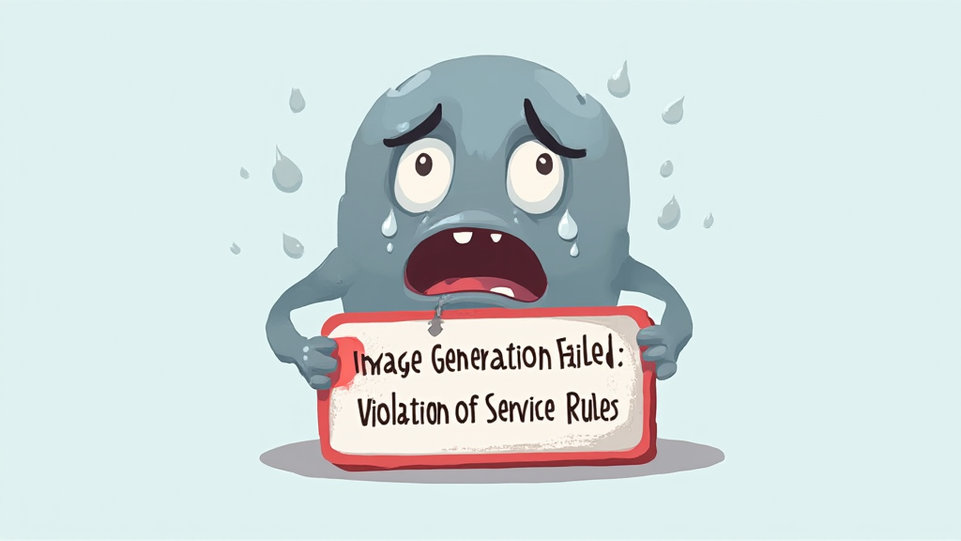Introduction to Inflation and Its Impact on Savings
Understanding Inflation: Causes and Effects
Inflation is the rate at which the general level of prices for goods and services rises, eroding purchasing power. This phenomenon can significantly impact savings, as the real value of money diminishes over time. For instance, if inflation is at 3% annually, a savings account yielding 1% interest effectively results in a loss of purchasing power.
Understanding these causes is important for effective financial planning. Inflation can lead to higher costs of living, affecting budgets and savings strategies. It’s essential to consider inflation when evaluating investment options.
Investors often seek assets that outpace inflation, such as real estate or commodities. Diversifying into cryptocurrencies may also provide a hedge against inflation. Are you prepared for the future?
The Current State of Inflation Globally
Currently, inflation rates are rising globally, driven by various factors such as supply chain disruptions and increased consumer demand. This situation has led to significant price increases in essential goods. For example, energy and food prices have surged, impacting household budgets.
These figures indicate a concerning trend. He must consider how inflation affects savings and investment strategies. It’s crucial to adapt financial plans accordingly. Are you aware of the risks?
The Role of Cryptocurrency in an Inflationary Environment
How Cryptocurrencies Can Hedge Against Inflation
Cryptocurrencies offer a unique hedge against inflation due to their decentralized nature and limited supply. For instance, Bitcoin has a capped supply of 21 million coins, which contrasts sharply with fiat currencies that can be printed at will. This scarcity can preserve value over time.
He can utilize cryptocurrencies to diversify his portfolio. This strategy may mitigate risks associated with traditional assets. Are you considering this option?
Comparing Cryptocurrencies to Traditional Assets
Cryptocurrencies and traditional assets differ significantly in their characteristics and performance. While traditional assets like stocks and bonds are subject to market fluctuations and economic conditions, cryptocurrencies often exhibit higher volatility. This volatility can present both risks and opportunities.
He may find cryptocurrencies appealing for diversification. They can provide potential returns that traditional assets may not. Are you ready to explore this?
Diversifying Your Investment Portfolio
The Importance of Asset Diversification
Asset diversification is crucial for mitigating risk in investment portfolios. By spreading investments across various asset classes, he can reduce exposure to market volatility. This strategy enhances the potential for stable returns.
He should consider including cryptocurrencies in his diversification strategy. This can provide additional growth opportunities. Are you prepared to diversify?
Incorporating Cryptocurrencies into Your Portfolio
Incorporating cryptocurrencies into an investment portfolio can enhance diversification. By allocating a portion of his assets to digital currencies, he can potentially increase returns while managing risk. This approach allows exposure to a rapidly growing market.
He should regularly review his portfolio’s performance. This ensures alignment with his financial objectives. Are you ready to take action?
Stablecoins: A Safe Haven in Volatile Markets
What Are Stablecoins and How Do They Work?
Stablecoins are cryptocurrencies designed to maintain a stable value, typically pegged to fiat currencies like the US dollar. This stability makes them attractive during market volatility. They provide a safe haven for investors seeking to avoid drastic price fluctuations.
He can use stablecoins for trading and hedging. This strategy may enhance liquidity in his portfolio. Are you considering stablecoins?
Benefits and Risks of Using Stablecoins
Using stablecoins offers several benefits, including price stability and ease of transactions. They can serve as a reliable medium of exchange during market fluctuations. However, risks exist, such as regulatory scrutiny and potential loss of peg.
He should evaluate these factors carefully. This ensures informed decision-making. Are you aware of the risks?
Strategies for Long-Term Wealth Preservation
Investing in Hard Assets: Gold, Real Estate, and Crypto
Investing in hard assets like gold, real estate, and cryptocurrencies can provide a hedge against inflation and market volatility. Each asset class offers unique benefits and risks. For instance, gold is a traditional store of value, while real estate can generate passive income.
He should consider his risk tolerance and investment goals. This approach can enhance long-term wealth preservation. Are you ready to invest wisely?
Building a Resilient Financial Plan
Building a resilient financial plan requires careful consideration of various factors. He should assess his current financial situation and future goals. This includes evaluating income, expenses, and investment options.
He must regularly review and adjust his plan. This ensures it remains aligned with his objectives. Are you prepared for financial stability?
Utilizing Decentralized Finance (DeFi) for Savings
Understanding DeFi and Its Benefits
Decentralized Finance (DeFi) offers innovative financial solutions without traditional intermediaries. By utilizing smart contracts on blockchain networks, he can access various financial services. This includes lending, borrowing, and earning interest on digital assets.
He should consider the risks associated with DeFi platforms. Are you ready to explore DeFi?
How to Get Started with DeFi Platforms
To get started with DeFi platforms, he should first create a cryptocurrency wallet. This wallet will store his digital assets securely. Next, he can research various DeFi platforms that offer savings options.
He must ensure he understands the risks involved. This knowledge is crucial for successful investing. Are you ready to begin?
Conclusion: Taking Action Against Inflation
Recap of Key Strategies
To combat inflation effectively, he should implement key strategies. Diversifying investments across asset classes can mitigate risks. Incorporating cryptocurrencies and stablecoins may enhance portfolio resilience.
He must take proactive steps to protect his wealth. This approach is vital for long-term financial health. Are you ready to act?
Encouragement to Stay Informed and Adapt
Staying informed about financial markets is crucial for effective decision-making. He should regularly review economic indicators and trends. Adapting strategies in response to changing conditions can enhance financial resilience.
He must remain proactive in his financial education. This knowledge empowers better investment choices.
